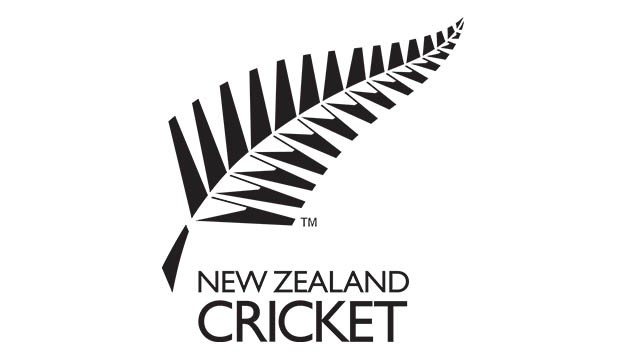In the game of cricket, a bowler’s job is to pick up wickets and restrict the opposition to as low a total as possible. When the bowlers pick up early wickets, they get the momentum and the opposition starts feeling the pressure while facing him/her. Momentum is key in the world of sports. It is often said in cricket, “One brings two for the team.” This is what momentum does. Some bowlers in the Women’s World Cup oozed with confidence and class. In the process, they ended up choking their opposition of runs. Listed below are the Top 10 Best Economy Rates In Women’s World Cup Match (Till 17 March 2022)-
1. Debbie Hockley (0.00)
New Zealand’s right-arm medium-pacer Debbie Hockley was as good a bowler as she was as a batter. In a match against Ireland in 1988 in Perth, Hockley gave a stellar all-round performance. In the first innings, Hockley top-scored with 78 runs to power her team to 232/4 in 60 overs. In the second inning, she was the most economical bowler. She bowled 6 overs, all of them maiden overs. She also clean-bowled Ireland’s top-scorer Stella Owens on 23.

2. Zoe Goss (0.14)
In the 1993 edition, Denmark clashed with Australia in Dulwich (England). Denmark chose to bat first after winning the toss. While Sharyn Bow and Lee-Anne Hunter stepped up to pick wickets, Goss decided to choke runs. Goss bowled 7 overs out of which 6 were maidens, gave just one run, and picked up one wicket. Denmark was all out for 76. Australia hunted down the target and won by 7 wickets.
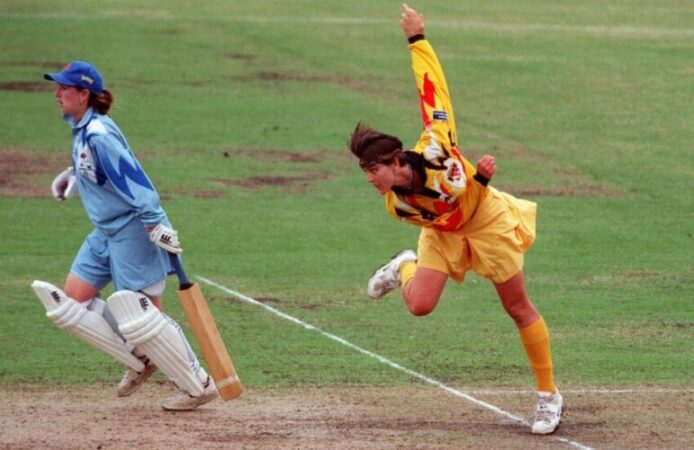
3. Deepa Marathe (0.16)
India locked horns with the hosts South Africa in Pretoria in 2005. South Africa won the coin toss and chose to bat first. India’s spinner Deepa Marathe caused a run-drought for the South African camp as she recorded the bowling figure of 6-5-1-4 at an economy rate of just 0.16 runs per over. She was supported by Amrita Sharma (3/23) and Neetu David (2/8). South Africa was bowled out for 80. India later won the match by 4 wickets.
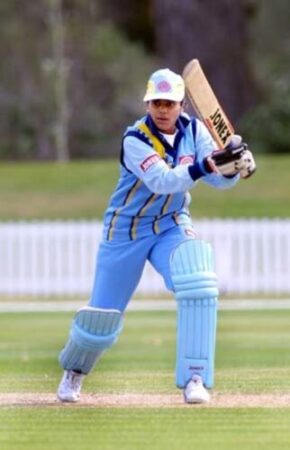
4. Jennifer Turner (0.20)
It was the 20th match in Chiswick of the 1993 edition. West Indies decided to bat first. While New Zealand’s Julie Harris and Karen Musson picked up 3 wickets each, Jennifer Turner recorded the figure of 0/1 in 5 overs with 4 maidens at an economy of 0.20. West Indies was bowled out for 96. New Zealand won the match sparing 7 wickets.
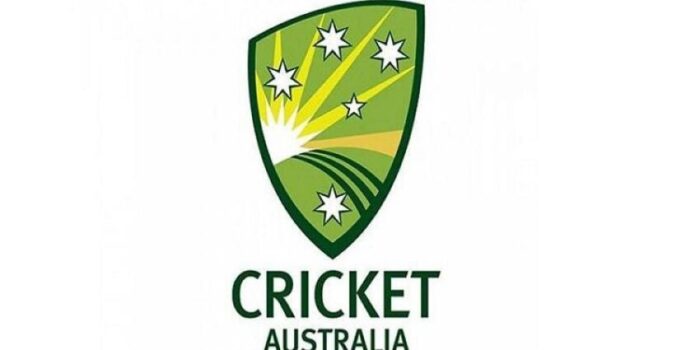
5. Avril Fahey (0.20)
Mumbai hosted the match between Australia and Denmark in 1997. Captain Belinda Clark scored the highest individual score (229*) in the tournament’s history to power Australia to 412/3. Australian bowlers didn’t allow the Dane batters to get going. While Karen Rolton picked up 3 wickets, off-spinner Avril Fahey conceded runs at an economy of only 0.20. Fahey bowled 4 maidens and gave away one run in the fifth one. She picked up a wicket of Mette Gregersen.
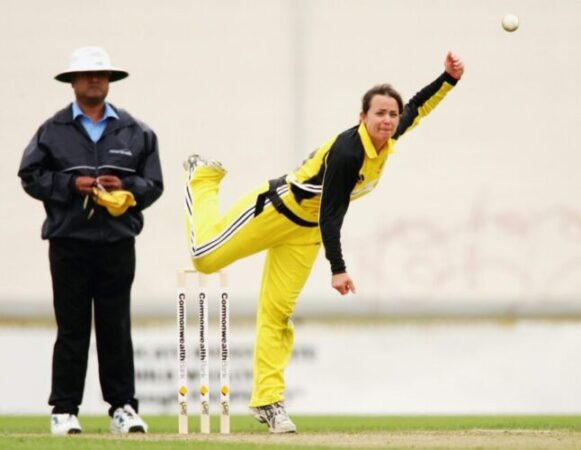
6. Gill Smith (0.25)
England’s Gill Smith was all over the field against Ireland in 1988 in Melbourne. English captain Jane Powell decided to field first. Smith first got rid of the opener Sonia Reamsbottom and then took 3 catches to restrict Ireland for just 109/9. Smith bowled 8 overs (6 maidens), gave 2 runs, and picked up a wicket. England openers completed the run-chase without losing a wicket.

7. Lee-Anne Hunter (0.25)
Hosts Australia played a match against the Netherlands in Melbourne in 1988. Batting first, Australia rode on opening-batter Ruth Buckstein’s 105* to post 258/4. Another opener Sharlene Heywood scored 76. In the second essay, Lyn Fullston recorded a 5-wicket haul. On the other hand, Lee-Anne Hunter bowled 8 overs (6 maidens), conceded just 2 runs (economy of 0.25), and took a wicket of Angela Batenberg-Venturini.

8. Catherine Campbell (0.30)
New Zealand and the Netherlands were hosted by Christchurch in a match in the 2000 Women’s World Cup. The Dutch women won the toss and decided to bat first. Every bowler except Catherine Campbell picked up wickets. Campbell decided to contribute by drying up the runs and conceded only 3 runs in 10 overs at an economy of just 0.30. She bowled 7 maiden overs. The Netherlands was bowled out for just 80. The White Ferns hunted down the target in just 16.3 overs and won the match by 8 wickets.
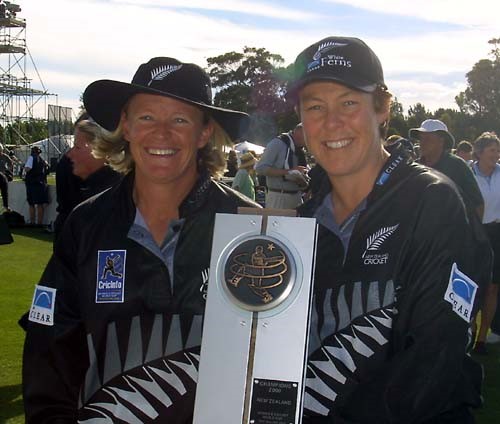
9. Glynis Hullah (0.30)
Hosts India and England played a match in Kolkata in 1978. English women won the toss and decided to field first. Indian batters struggled to score runs and ended up collapsing on just 63. England’s Glynis Hullah took 2 wickets and gave just 2 runs in 6.3 overs. Her economy rate was 0.30. England won the match by 9 wickets.

10. Brigit Legg (0.33)
New Zealand faced the Netherlands in Melbourne in 1988. New Zealand rode on Nicki Turner’s 95 and Debbie Hockley’s 90* to post 255/2. In the second half, Brigit Legg took 3 wickets and gave only 4 runs at the rate of 0.33 in 12 overs to dismiss the Netherlands for just 177 runs.
